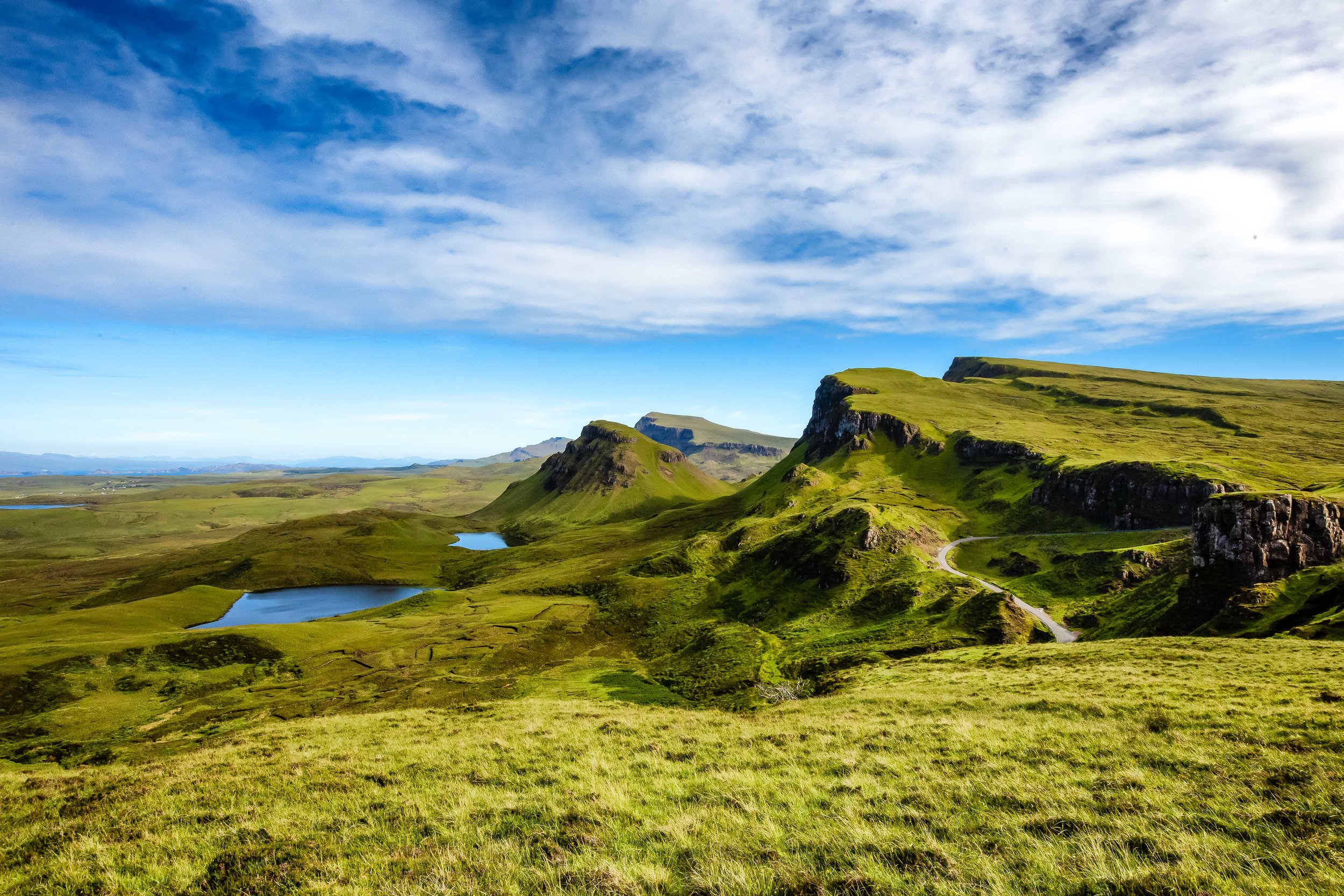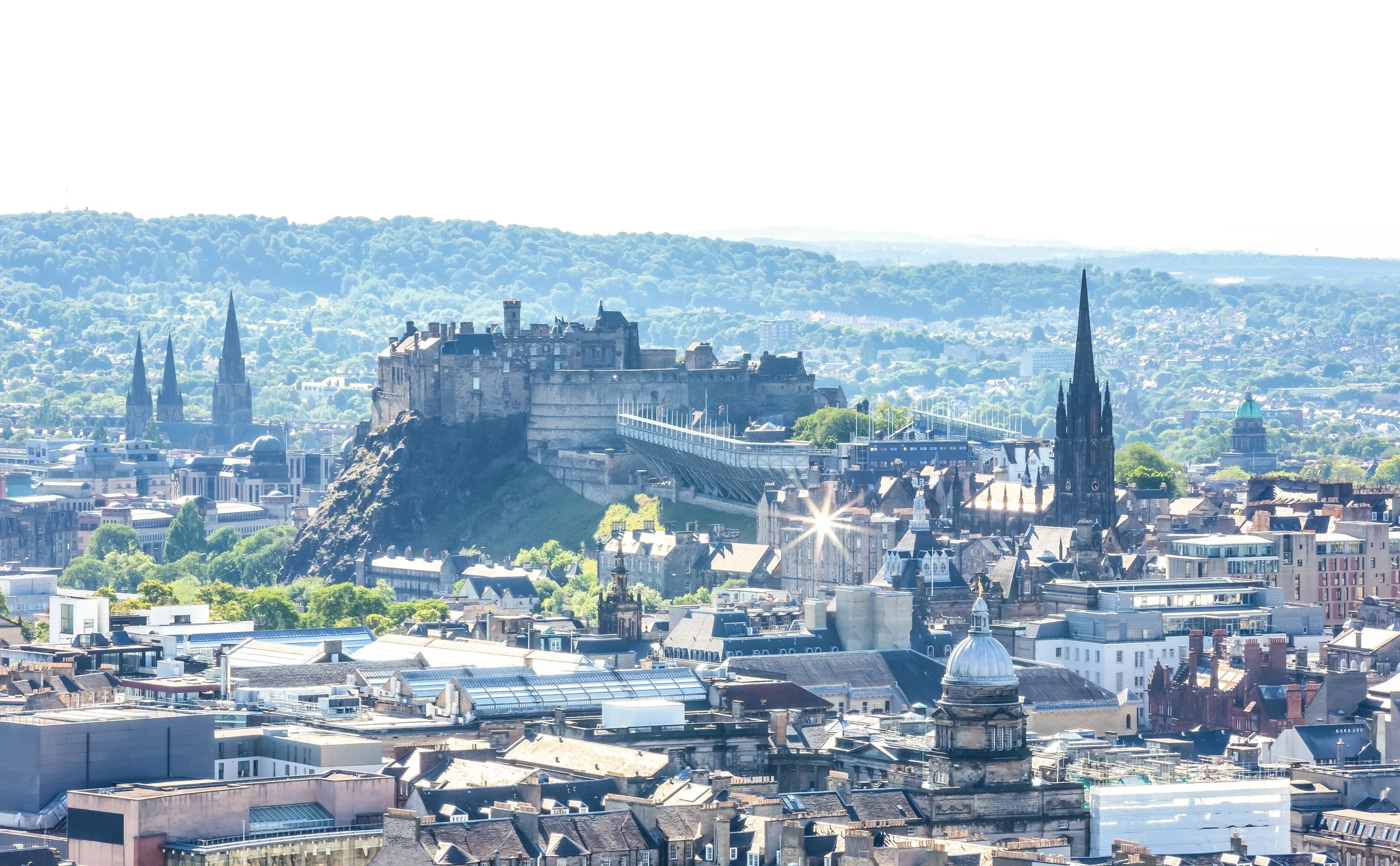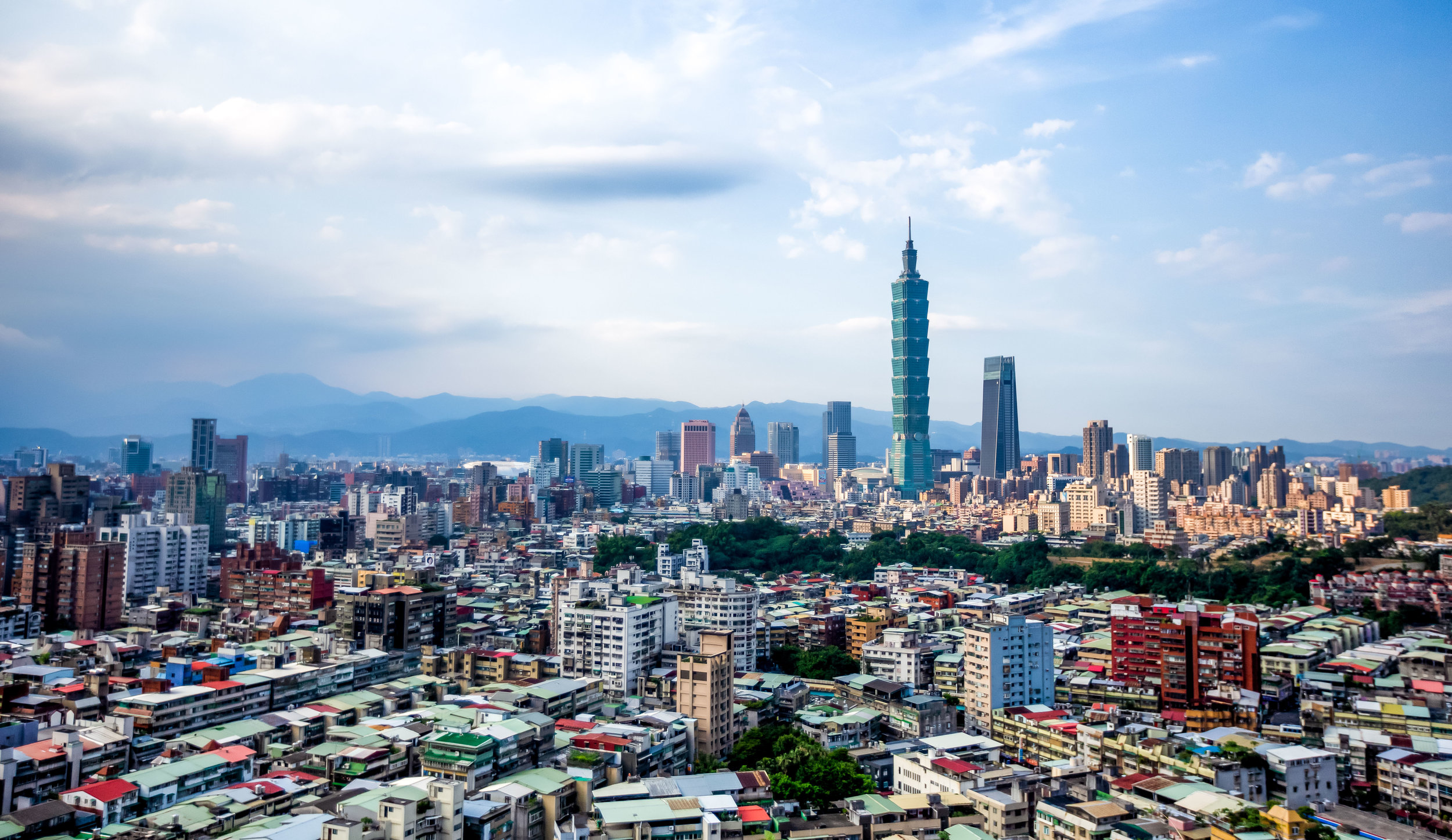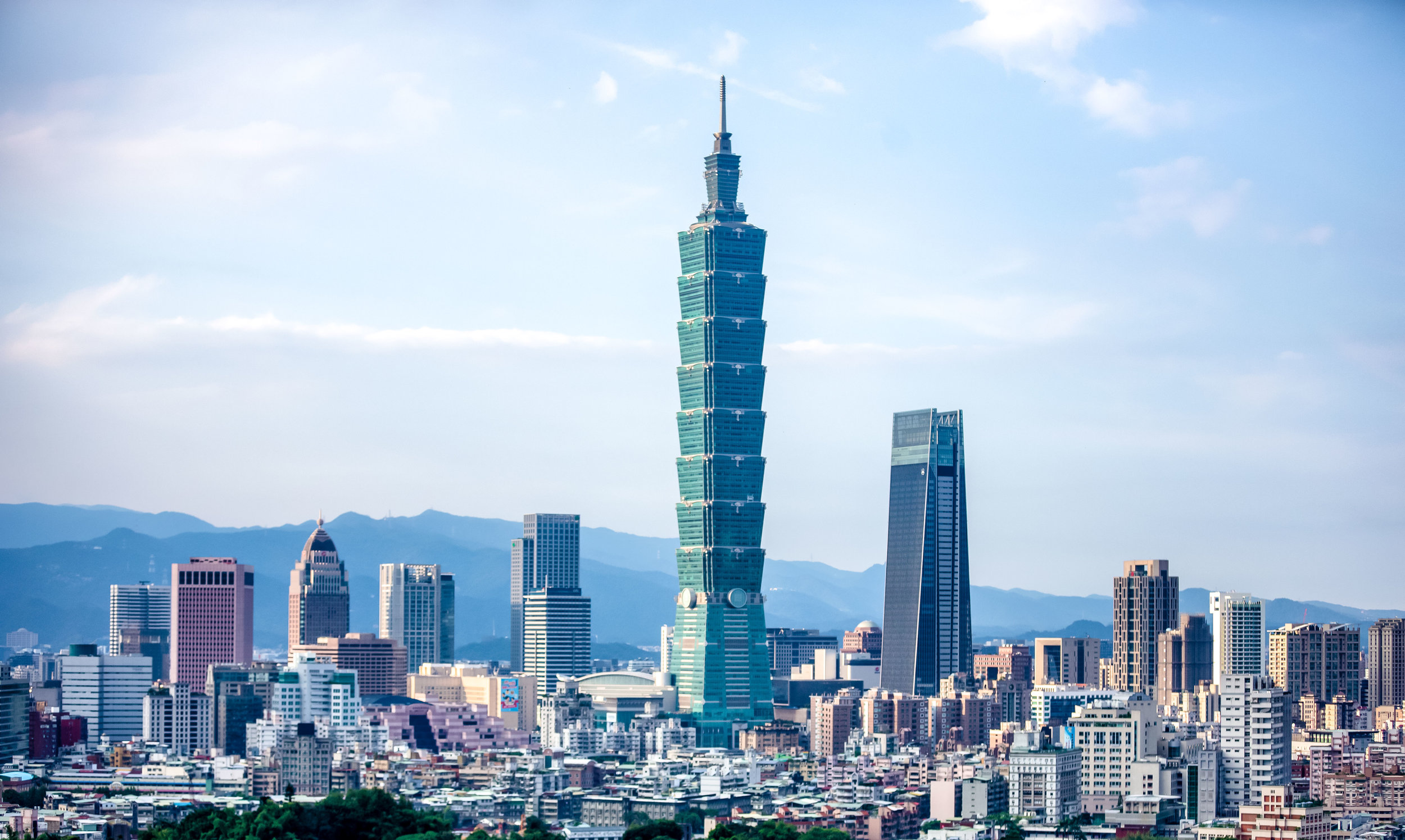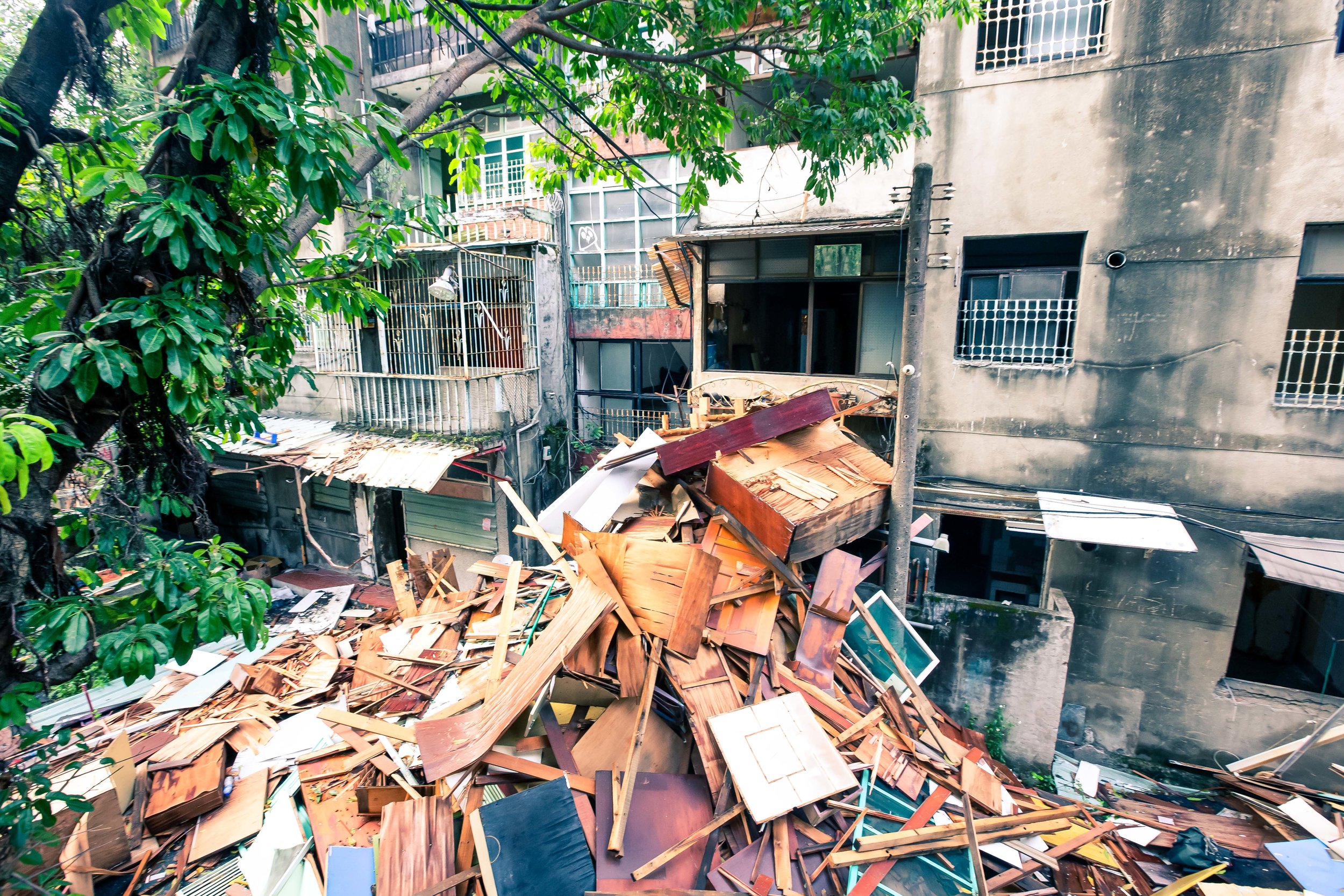A trip to Europe couldn’t possibly be considered complete if you didn’t visit at least one castle.
Am I right?
It doesn’t really matter what country you’re visiting in Europe, there’s always going to be a castle to visit and when you do you’re always going to be accompanied by a billion other tourists. Castle tourism is great for attracting tourist dollars and in countries like England, France and Germany, you’ll find that castles are often at the top of the list of tourist attractions for most visitors.
Castles are also part of what makes European history so interesting - They were once the homes of Kings, Queens, Knights and medieval battles. For a lot of tourists though, especially those from Asia or North America, the only “castle” we’ve ever really known is the Cinderella Castle at Disney’s Magic Kingdom.
But c’mon, that’s not really a castle - A real castle needs to be hundreds of years old, dark, damp and have a dungeon in the basement - and preferably perched high atop a mountain.
If that’s what you’re looking for though, you’re most often going to have to travel a short distance out of most modern European cities to find one. There are a few rare cases however where you’ll find a castle that has played such a pivotal role in a city’s history that even after hundreds of years of development and outward growth, that it still remains the beating heart of the city as well as a symbol of the greatness of the people who live there.
Edinburgh Castle is pretty much the definition of such a castle.
And for that reason, it not only acts as the beating heart of the Scottish capital but also attracts more than two million tourists through its gates every year.
Edinburgh Castle (Caisteal Dhùn Èideann)
The history of Edinburgh Castle is thought to have started around 340 million BC when a volcanic eruption formed the basis for what we know today as “Castle Rock” (Creag a' Chaisteil). The small mountain rises 130 metres (430 ft) above sea level and at its highest, 80 metres (260 ft) from the surrounding landscape.
With rigid cliff walls rising up on the north, south and west, Castle Rock has proven throughout its long history of human settlement to be an ideal space, especially for defensive purposes as the only way to approach was on the long eastern slope - something which was of both benefit and detriment to those who lived on top of the mountain.
Human settlement on (or around) Castle Rock sometime around 900 BC, but it is unclear as to what extent the rock was inhabited or even the nature of habitation. What we do know however is that it wouldn’t be until the reign of Scottish King David I in the 12th Century that a royal castle would be constructed on the mountain.
For the next several hundred years the castle would find itself in a perpetual state of siege with ownership often changing hands and having to be repaired and reconstructed on a number of occasions.
Considered to be the “most besieged place in Great Britain”, Edinburgh Castle has found itself under attack more than twenty-six times in its 1100 year history and even though its role as a royal palace and military stronghold declined as the years went by, the castle has presided over many of the most important eras of modern Scottish history.
Timeline
1093 - First historical mention of a castle constructed on Castle Rock, named “Castle of Maidens” where Scottish Queen (Saint) Margaret died.
1130 - David I constructs the edifice of the castle that is still standing today.
1286 - Alexander III dies without a successor and King Edward of England decades himself overlord of Scotland.
1296 - Edward lays siege to Edinburgh and captures the castle.
1313 - Edinburgh Castle is re-captured by the Scots.
1335 - Edinburgh Castle is re-captured by the English.
1341 - Edinburgh Castle is re-captured by the Scots.
1356 - David II repairs and rebuilds much of the castle.
1460 - James III rebuilds and refurbishes the Royal Residences.
1500 - The castle becomes the home of the Scottish Regalia (The Crown, Sceptre and the Stone of Destiny)
1511 - James IV constructs the Great Hall.
1571 - 1573 - The two year long “Lang Siege” to remove Mary, Queen of Scots and her followers from the castle leaves much of the castle in ruins.
1578 - The castle is rebuilt once again.
1650 - Oliver Cromwell executes King Charles I and captures the castle.
1689 - Members of the First Jacobite Rising attempt to recapture the castle.
1745 - Members of the Fifth Jacobite Rising once again attempt to recapture the castle.
1757 - The castle is converted into a prison and becomes home to thousands of military prisoners.
1927 - Part of the upper castle grounds is converted into the Scottish National War Memorial.
1999 - Management of the castle is transferred to the devolved Scottish Parliament under the auspices of Historic Environment Scotland.
Today, management of the castle is overseen by Historic Environment Scotland and has become Scotland’s most widely-visited tourist destination attracting over two million visitors a year. In addition to being a popular tourist destination, the castle is also home to the Scottish National War Memorial, the National War Museum of Scotland and the “Honours of Scotland” - The Crown Jewels of the Scottish Monarchy.
The site is also the backdrop of the annual Edinburgh Military Tattoo, the Edinburgh Fringe Festival and continues to function as a military installation, but for mostly ceremonial purposes.
For a much more detailed history lesson, check out the Wiki article for Edinburgh Castle.
Points of Interest
There is quite a bit to see and do while you’re touring the castle - I’m not going to be providing a complete description of everything that you can do while visiting, I’m going to touch upon some of the highlights of the tour, which I think are important.
The Royal Apartments
The Royal Apartments are considered to be the ‘royal palace’ within Edinburgh Castle and were not only the official home of many of Scotland’s monarchs but also the Regalia of Scotland and the Stone of Destiny.
The apartments were originally an extension of Holyrood Palace at the lower end of the Royal Mile and served primarily as a place of refuge for Scottish royalty up until the 15th Century when the Stuarts had the residence refurbished and moved in on a permanent basis.
It was within the residence that Mary Queen of Scot’s famously gave birth to Scotland’s King James VI who would eventually unify the crowns and become King James I of England, Scotland and Ireland.
The palace was damaged considerably during the Lang Siege but was repaired and remodelled later in 1617 and has stayed relatively the same in the four centuries since.
As the apartments are home to the former royal palace and the Crown Jewels of Scotland, it tends to be one the most popular spot to visit within the castle. You should probably expect a bit of a line of people formed up in the Royal Square outside the main entrance waiting to get in. This is one of the must visit spots within the castle though, so make sure to take your time to enjoy the architecture of the interior of the building and the displays of historic royal family treasures.
Crown Jewels and the Stone of Destiny
The first floor of the Royal Apartments is home to Honours of Scotland, which include the Royal Crown, the Sceptre and the Sword of State. The Stone of Scone (or the Stone of Destiny), the rock upon which the monarchs of Scotland were traditionally crowned, was returned to Scotland in 1996 and also currently sits within the highly secure room.
The Crown Room, which was constructed in 1615 to house the regalia is constructed with beautifully stained wood but don’t let that fool you - it has been updated in the years since to become a highly-secured vault in order to protect the priceless regalia within.
Once you’re in the room you’re likely to notice that there are security guards stationed in the four corners of the room who are watching your every move making sure that you don’t try something stupid. Once you’re in the highly-secure room you are only allowed to enjoy the beauty of the Scottish regalia with your eyes and photography is prohibited.
While the crown, sword and sceptre are really cool to check out, I recommend a bit of extra reading about the Stone of Destiny which legends insist to have originated during biblical times where it is known as the “Stone of Jacob” (Genesis 28:10-22).
Link: Stone of Destiny (Wiki)
What’s most interesting about the stone aren’t the legends surrounding its origins, but the history it shares with Scottish royalty, the several hundred years it spent as a prisoner of war at London’s Westminster Abbey and its theft by Scottish nationalists leading to its ultimate return to Scotland in 1996.
The Great Hall
Are you a fan of Game of Thrones? Were you impressed by the Great Hall of Winterfell? If so, the Great Hall in Edinburgh Castle should excite you. The large 29m x 12.5m hall is beautifully decorated with stained glass windows and walls that are decorated with weapons and amour that tell Scotland’s military history. The impressive “hammerbeam roof” is also an eye-catcher, especially since scientists have discovered it was constructed with wood that was shipped all the way to Edinburgh from Norway.
Constructed in 1512 by King James IV, the Great Hall was meant to hold state banquets and meetings to conduct affairs of state as well a pomp royal ceremonies. Unfortunately the King wasn’t able to enjoy the hall for very long as he was killed in war a few years after it was completed.
In 1650 the Great Hall was converted into a barracks for the troops of Oliver Cromwell. Then in the 1790s, it became a military hospital and stayed that way until 1897 when it was emptied and returned to its original role as a Great Hall.
When you’re in the Great Hall you’ll want to pay attention the the stained glass windows which feature many of Scottish history’s most historic figures, including King Robert and William Wallace. There is also a small memorial to “Braveheart” with a replica of the broadsword that Wallace famously used to massacre the English.
The Scottish National War Memorial
Standing directly opposite the Great Hall in the Royal Square, the Scottish National War Memorial, constructed in 1927, is one of the newest additions to Edinburgh Castle. The memorial beautifully and respectfully commemorates the brave Scots who gave their lives in the two World Wars (and more recent conflicts) as well as the various Scottish regiments that have served the nation during times of war.
While the memorial is grand in design, it is stressed throughout the building in many different ways that the memorial is not a monument to war, but a way to express the hope for peace and that the sacrifice made by those enshrined within wasn’t in vain.
Constructed on the medieval site of St. Mary’s Chapel (and later the barracks for the Infantry Garrison of Edinburgh), the choice of Edinburgh Castle for the site of the National War Memorial was inspirational due to the castle’s location in the city and its connection with the folklore and traditions of the Scottish people.
The building is stunning in design, inspired by the architecture of the Renaissance of Scotland with the interior decorated with the colours and logos of the Scottish regiments. The building also contains beautiful stained-glass windows, sculptures and artwork that are meant to symbolize ‘courage, peace, justice and the survival of the spirit’.
From the main entrance of the building you will see the shrine room directly in front of you with an east and west wing on either side. Both the Eastern and Western transepts consist of imagery of many of Scotland’s regimental groups but the western side has a special shrine dedicated to the sacrifice made by Scottish women during the war, many of whom went to work to provide for the nation and lost husbands, fathers, brothers and sons in the process.
The Main Shrine of the chapel-like building is an altar with a sealed casket placed on top. The steel casket is decorated with angels and also has images of St. Andrew and St. Margaret. Below the casket you’ll find four small bronze sculptures of kneeling angels paying homage to the “Rolls of Honour”, which is a list of the names of the over 147,000 men and women who died serving their country.
The visit to the National War Memorial was a special experience for me as members of my own family are listed on the Rolls of Honour and the Highland Regiment that my grandfather belonged to is depicted on the walls of the Eastern wing. Likewise, there is a memorial dedicated to members of Nova Scotia’s Highlander regiment on the walls - something I learned about in history class while growing up and was eager to see in person.
Even though the War Memorial is one of the newest additions to the castle’s grounds, you’ll definitely want to pay a visit to this hallowed ground where you’ll be able to enjoy beautiful architecture, colourful logos and pay homage to a history that we all hope never repeats itself.
St. Margaret’s Chapel
St. Margaret’s Chapel is the oldest surviving building within the castle, and is coincidentally also the oldest building in the whole of Edinburgh. The chapel dates back to the 12th Century to the reign of King David I (1124-1153) and was originally constructed as a private chapel for the use of the royal family.
Constructed in honour of Queen Margaret (1045 - 1093), an 11th Century Scottish Queen who was so renowned for her faith and charitable works that she would be canonized by Pope Innocent IV after her death.
The small stone chapel is similar in design to that of early Celtic chapels but also includes Romanesque design elements. The simple interior, which is only about three meters wide and five meters long contains many of original mouldings and columns but has some stained-glass windows which were added around a century ago.
The stained-glass windows are probably the most colourful and decorative part of the interior of the chapel with five windows dedicated to St. Margaret, St. Andrew, St. Columba, St. Ninian and William Wallace. The rest of the sanctuary is rather plain with the most distinguishing feature being the apsed ceiling, an altar and fresh flowers which are placed inside daily.
In the 16th Century, after several centuries of use, the chapel fell into disuse during the Protestant Reformation. For the next few centuries it was used primarily as a storeroom for gunpowder and then later a storeroom for the garrison chapel and memory of its original purpose largely faded.
In the 18th Century, antiquarian Sir Daniel Wilson discovered the historical significance of the building and published articles about its history creating a movement to have it properly restored and opened to the public. Restoration of the chapel started in the 1850s and then again later in 1922 and 1929 and was finally reopened in 1934.
Today the chapel is a popular tourist attraction within the castle and is also a popular location for wedding photography and is available for small weddings and christenings.
Views of the City from the Castle Walls
Edinburgh Castle is home to around two dozen historic buildings and museums to explore which should take up the better part of your day. The castle is also home to some of the best views you’re going to find anywhere in the city and as you make your way around the castle walls you’ll be able to enjoy an almost 360 degree view of the city.
The walk around the elevated platforms along the castle walls were historically used for the defence of the castle but are now the walking paths of tourists from all over the world.
While touring the castle make sure to take a bit of time to walk around the walls to enjoy the view, you won’t regret it.
Touring the Castle
Getting to Edinburgh Castle is rather simple.
So simple in fact that you might say that all roads in Edinburgh lead to the castle and there are few places within the city where you won’t be able to spot it dominating the skyline.
Edinburgh Castle is conveniently located at the highest point of the Royal Mile and is easily accessible through various methods of public transportation.
Address: Edinburgh Castle, Castlehill, Edinburgh, EH1 2NG.
From Edinburgh Airport you can take the Airlink 100 Express Bus into the city or the tram that departs every seven minutes. The castle is a short walk away from their stops at Waverley Bridge and Princes Street.
If you are arriving in Edinburgh by rail, the castle is a short walk away from Edinburgh’s Waverley Station.
The walk from the train station is a special one if you’re a Marvel fan as it was the setting for an important scene in the movie Avengers: Infinity War.
Link: Directions to Edinburgh Castle (Car-Free Tourism)
No matter what method of transportation you take, you’ll have to do a bit of walking to reach the castle. Authorities have implemented traffic restrictions on the steep walkway up the Royal Mile to the castle to cater to the amount of pedestrians in the area. So, if you are arriving by bus, train, tram, taxi or even bicycle, you’ll have to disembark before reaching the entrance.
When it comes to tickets, your best bet is to purchase them online in advance of your trip. Not only will this save you time waiting in line when you arrive at the castle but also provides you with the cheapest price of entry.
Essentially, tickets must be booked at least a day in advance, especially during the busy tourism season in the summer months. The rules can be a bit confusing though - If you are purchasing for the earliest, mot popular time slot, which is at 9:30 am, you must book at least a day in advance. If you are booking tickets for any of the other time slots, you are only required to book at least an hour and a half in advance.
I booked my tickets several months prior to the day I’d be visiting the castle and the early time slow was almost completely sold out. So if you want that coveted morning time slot, make sure to plan in advance and book your tickets.
Currently the price of admission for Adults (16-59 years) is £19.50 at the gate or £17.50 online. The price of admission for children (5-15 years) is discounted at £11.50 / £10.50.
Note: The price of admission takes into consideration that people of all ages want to enjoy touring the castle. If you have a disability or are a caregiver for someone who has one, you may qualify for a special concession ticket. Likewise the castle also offers discounted tickets or free entry to others. Check the website before you purchase your tickets to find out if you qualify.
When you visit Edinburgh Castle, the price of your ticket also includes an optional Guided Tour - If you prefer to walk around and experience the castle on your own, that’s more than fine. You are more than welcome though to join one of the various tours that are held throughout the day. In the summer months the tours set out once every half an hour and in the winter once every hour. The tour lasts for about thirty minutes and the experienced guides share important historical information, their favourite stories and are able to answer any questions you might have.
Between April and September the tours run every half an hour from 9:45am - 4:25pm.
In the winter months rom October to March the tours run from 10am - 3:10pm.
If you’d like to join a tour, simply go to the meeting point just beyond the main gate. You’ll find signs on the right by the large clock that indicate that the tours depart from there.
It goes without saying that if you’re planning a trip to Scotland, you’re likely going to find yourself taking a tour of Edinburgh Castle - In fact it is estimated than more than seventy percent of the total tourists who visit Scotland each year will pass through the turnstiles at the castle. No visit to the country could be considered complete without some time spent at this awe inspiring testament to Scottish history.
Edinburgh Castle has helped shape Scotland’s capital into the great city it is today and its role as the beating heart of Scotland’s cultural heritage cannot be understated. Having played such a significant role in Scottish history, we can only assume that it will continue to do so as Scotland bravely forges ahead as an independent and prosperous nation that warmly extends a welcome invitation to everyone around the world.



